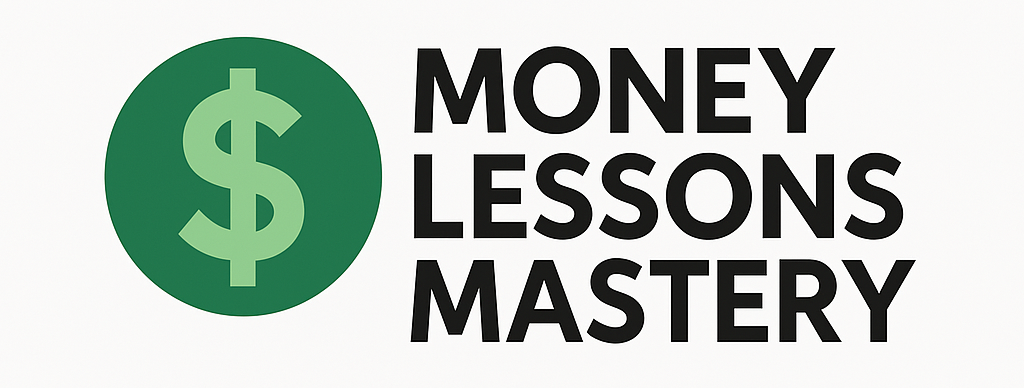Managing business debt wisely is essential for maintaining cash flow, protecting your credit, and setting your company up for long-term success. Whether you’re dealing with startup loans, credit cards, or operational financing, there are practical strategies to help you stay in control. Here are the best ways to manage business debt, along with tips to avoid common pitfalls and improve your financial outlook.
1. Assess and Organize All Your Debts
Start with a clear picture of what you owe.
- List all debts, including balances, interest rates, minimum payments, and due dates
- Group them by type: term loans, credit lines, credit cards, vendor credit, etc.
Why It Works: Understanding your total debt load is the first step in building a payoff strategy.
Tip: Use a spreadsheet or financial software like QuickBooks or Wave to track everything in one place.
2. Create a Realistic Debt Repayment Plan
Choose a method that fits your financial situation.
Two effective strategies:
- Debt Avalanche: Pay off highest-interest debts first to save the most money
- Debt Snowball: Pay off the smallest debts first to build momentum and motivation
Why It Works: Structured repayment prevents missed payments and reduces stress.
Tip: Schedule automatic payments to avoid late fees and protect your credit score.
3. Refinance or Consolidate High-Interest Loans
Lower your interest rate and simplify payments.
- Consider consolidating multiple loans or credit card balances into a single loan
- Look for lower rates through online lenders, credit unions, or SBA-backed loans
Why It Works: Refinancing can reduce your monthly payments and total interest paid over time.
Tip: Make sure the new loan terms don’t extend your payoff period too far, unless cash flow is tight.
4. Cut Unnecessary Business Expenses
Free up cash to pay down debt faster.
- Audit subscriptions, services, and overhead expenses
- Renegotiate contracts with suppliers or switch to more affordable vendors
- Delay non-essential purchases
Why It Works: Every dollar saved can go toward reducing debt or building reserves.
Tip: Review spending monthly and involve your team in identifying cost-saving ideas.
5. Increase Revenue with Targeted Strategies
More income means more resources to manage debt.
- Offer limited-time promotions or upsells to boost short-term sales
- Focus on high-margin products or services
- Re-engage existing customers with loyalty programs or email marketing
Why It Works: Growing revenue is often faster than cutting expenses — and keeps your business thriving.
Tip: Prioritize efforts that generate consistent or recurring income.
6. Communicate with Lenders Early if You’re Struggling
Be proactive, not reactive.
- If you anticipate trouble making payments, contact your lender ASAP
- Ask about payment deferrals, renegotiation, or hardship programs
Why It Works: Lenders may offer solutions if you show initiative and transparency.
Tip: Document all communications and keep a written record of any changes to your agreement.
7. Avoid Taking on New Unnecessary Debt
Don’t borrow your way into deeper trouble.
- Only take on new debt if it directly supports revenue growth or essential operations
- Avoid stacking short-term loans with high fees and aggressive repayment terms
Why It Works: Managing fewer, more strategic debts makes repayment easier and reduces risk.
Tip: Build a business emergency fund so you’re not reliant on borrowing in a pinch.
8. Use Business Profits Strategically
Balance debt reduction with growth.
- Allocate a portion of profits to paying off debt
- Reinvest in areas that directly boost revenue or improve efficiency
Why It Works: A smart profit plan helps you get out of debt and build your business.
Tip: Consider a 50/30/20 rule: 50% for operations, 30% for reinvestment, 20% for debt reduction (adjust as needed).
9. Track Key Financial Metrics Regularly
Stay on top of your financial health.
Watch these indicators:
- Debt-to-Income Ratio – Can you afford your debt load based on revenue?
- Cash Flow – Is there enough liquidity to meet obligations?
- Interest Coverage Ratio – How easily can you pay interest with current earnings?
Why It Works: Monitoring key metrics helps you make informed decisions and course-correct early.
Tip: Use visual dashboards in tools like Xero, QuickBooks, or Zoho Books for easier analysis.
10. Work with a Financial Advisor or Accountant
Get expert insight on restructuring, cash flow, and forecasting.
- A pro can help you reduce taxes, create a payment plan, or explore business grants/loans
- They may also recommend tools or systems to improve budgeting and planning
Why It Works: Outside perspective brings clarity and structure to complex debt issues.
Tip: Choose someone with experience in small business finance or your specific industry.
Final Thoughts
Managing business debt takes discipline, strategy, and regular attention — but it’s absolutely doable. With a clear plan, smart spending, and a focus on growth, you can not only pay off what you owe but come out stronger on the other side. Tackle your debt one step at a time, and let every smart financial move bring you closer to a thriving, debt-free business.
